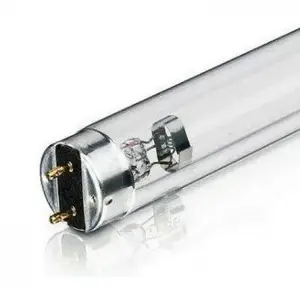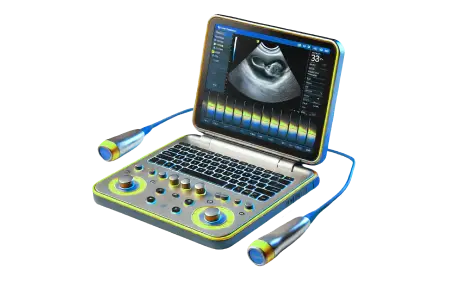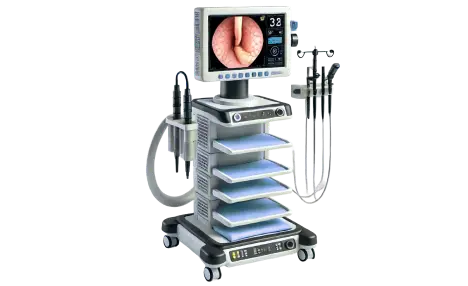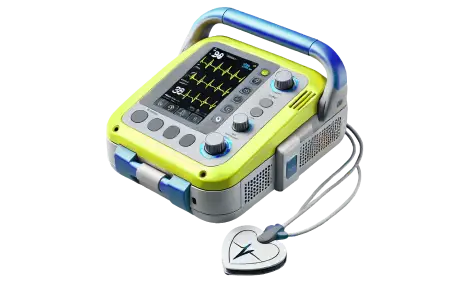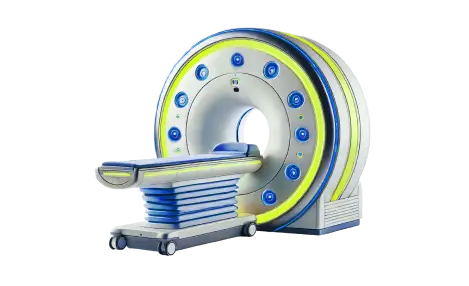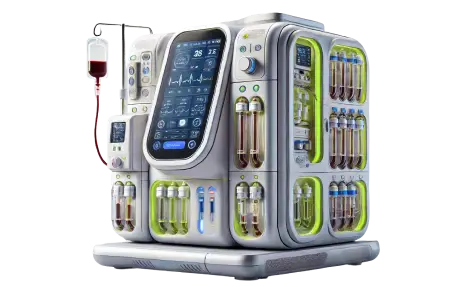0 800 33 09 39Information service
Bactericidal lamps
17 productsBactericidal lamps - effective sterilization and disinfection
Bactericidal lamps are light devices that produce ultraviolet radiation, they are specially designed to destroy microorganisms. A bactericidal lamp damages the DNA and RNA structures of bacteria, viruses, and fungi, making them unable to reproduce. In healthcare facilities, commercial clinics, and residential areas, a room quartz lamp has become an important tool for maintaining sanitary conditions, especially during periods of increased infectious disease.
How do germicidal lamps work?
The ultraviolet spectrum is divided into three main types: UVA (315-400 nm), UVB (280-315 nm) and UVC (100-280 nm). Ultraviolet radiation at a wavelength of 253/254 nm demonstrates the strongest bactericidal properties. It penetrates the cell walls of microorganisms and damages their genetic material. This process, known as photodimerization, changes the structure of DNA, preventing replication and eventually leading to the death of the pathogen. Bactericidal irradiators effectively destroy a wide range of harmful microorganisms, including influenza viruses, coronaviruses, tuberculosis bacteria, staphylococci, streptococci, E. coli, spores of various fungi, and more.
Types of bactericidal irradiators
- An open bactericidal ultraviolet lamp emits waves directly into the environment, effectively treating both air and surfaces at the same time. The room should be vacated while the device is in operation, disinfection cycles usually last 15-30 minutes, followed by ventilation. Remember, direct exposure to ultraviolet radiation can cause skin burns and eye damage.
- Closed-type recirculators contain UV emitters in the case, the air is pumped in by a fan and purified. This design allows you to stay indoors while the device is operating without harming your health.
- Ozone and ozone-free models. When choosing between these types of lamps for indoor quartzing, keep in mind that ozone models have additional disinfection properties, but require thorough ventilation after use. Ozone-free models are safer for normal use, especially in residential areas or kindergartens.
- Quartz models provide more UV transmission of the desired length compared to simple glass, and they also have a longer service life, although at a higher initial cost.
How to choose a germicidal lamp?
For high-quality disinfection of a room, it is worth considering the volume of air and the power of the lamp itself. A 10 m² area requires 1 to 2 W of UV radiation.
In surgical rooms, open-type emitters are used for thorough disinfection.
In offices and homes, closed-type models are used for maximum safety.
Most models have a lifespan of 4,000 to 9,000 hours of operation, but the efficiency gradually decreases, retaining about 80% of the output power at the halfway point.
In surgical rooms, open-type emitters are used for thorough disinfection.
In offices and homes, closed-type models are used for maximum safety.
Most models have a lifespan of 4,000 to 9,000 hours of operation, but the efficiency gradually decreases, retaining about 80% of the output power at the halfway point.
Benefits of using germicidal lamps
Laboratory tests show that the use of UV disinfection eliminates up to 99% of common pathogens, providing hospital-level sanitation without chemical residues. This high efficiency makes them valuable during outbreaks and seasonal diseases.
UVC technology does not harm sensitive equipment or materials. The process is completely physical, not chemical, making it an environmentally friendly alternative to traditional cleaning methods.
High-quality bactericidal systems are durable and have minimal maintenance requirements.
Regular use of recirculators significantly reduces airborne transmission of pathogens in enclosed spaces, reducing the incidence of diseases in workplaces, schools, and healthcare facilities.
UVC technology does not harm sensitive equipment or materials. The process is completely physical, not chemical, making it an environmentally friendly alternative to traditional cleaning methods.
High-quality bactericidal systems are durable and have minimal maintenance requirements.
Regular use of recirculators significantly reduces airborne transmission of pathogens in enclosed spaces, reducing the incidence of diseases in workplaces, schools, and healthcare facilities.
Where to buy germicidal lamps in Ukraine?
Medigo.com.ua specializes in medical equipment and supplies. We guarantee certified quality and reliable operation. Our experienced team provides recommendations on the selection of suitable models based on specific applications, space requirements, and safety considerations. Take advantage of our convenient delivery options to maximize disinfection efficiency in strategic areas as quickly as possible.
FAQ
Can I use a germicidal lamp at home?
Yes, germicidal recirculators can be used at home. For residential premises, we recommend closed-type models that work safely in the presence of people.
What is the difference between quartz lamps and germicidal lamps?
Quartz models provide better transmission of UV rays. Many germicidal emitters use quartz components to increase efficiency, but not all germicidal lamps are made of quartz.
Is it possible to be indoors while the germicidal lamp is in operation?
You can only be in the room when using closed recirculators with shielded UV elements. Open-type bactericidal emitters emit harmful direct ultraviolet light, so people and animals must be completely evacuated during their operation.





